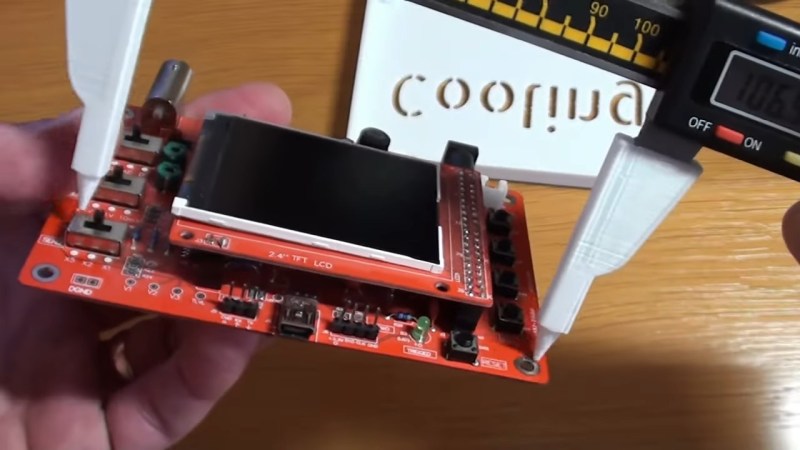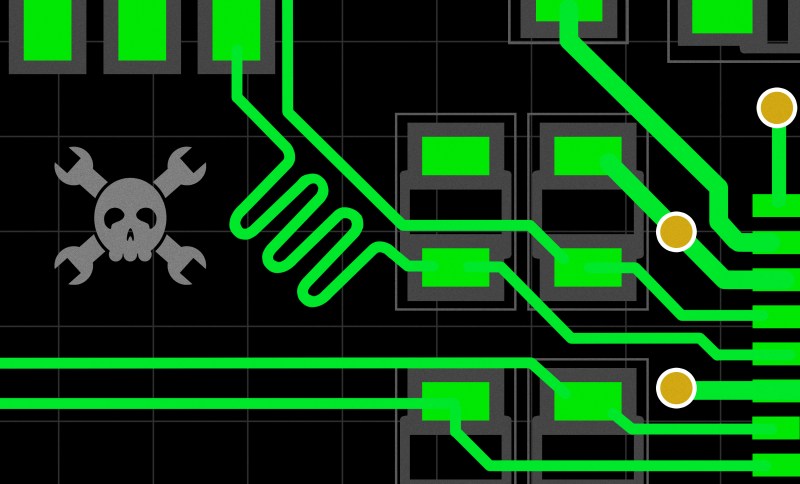3D Printed Caliper Extensions Make Hole Measurement Easier

If there’s anything more frustrating than mounting holes that don’t line up with the thing you’re mounting, we don’t know what it could be. You measure as carefully as possible, …read more Continue reading 3D Printed Caliper Extensions Make Hole Measurement Easier
